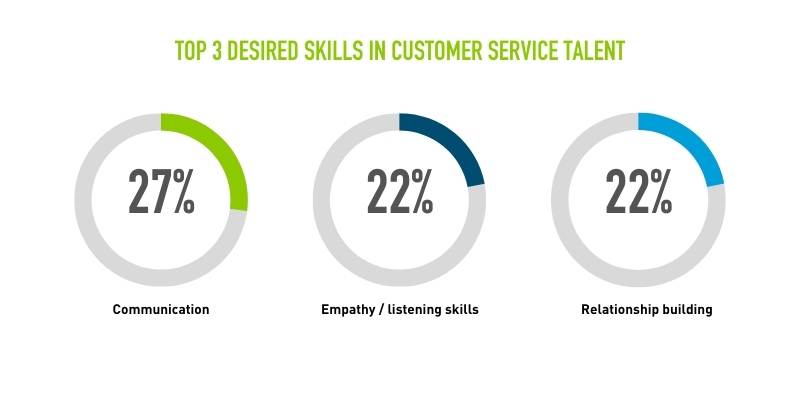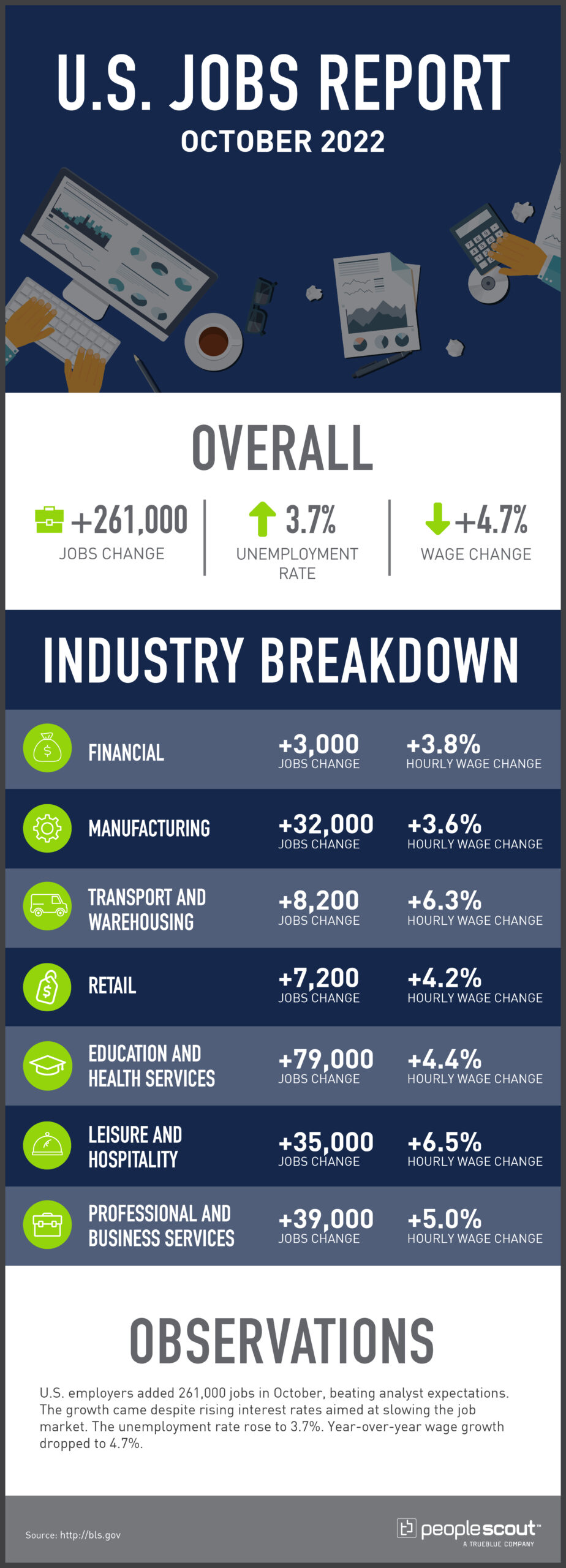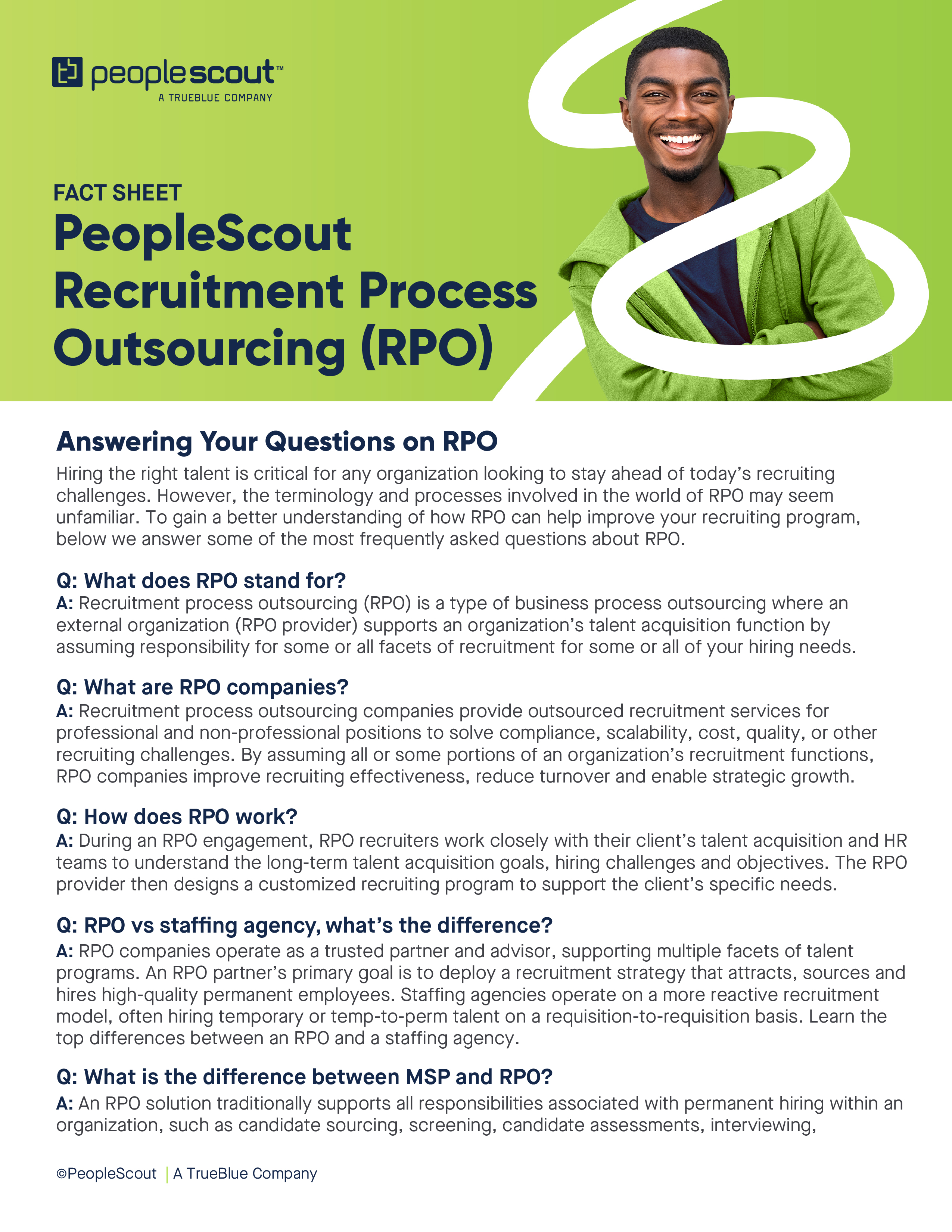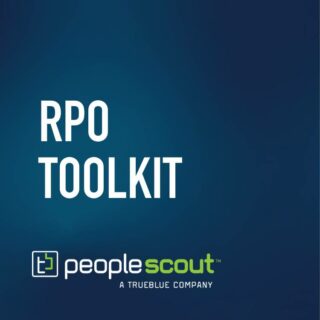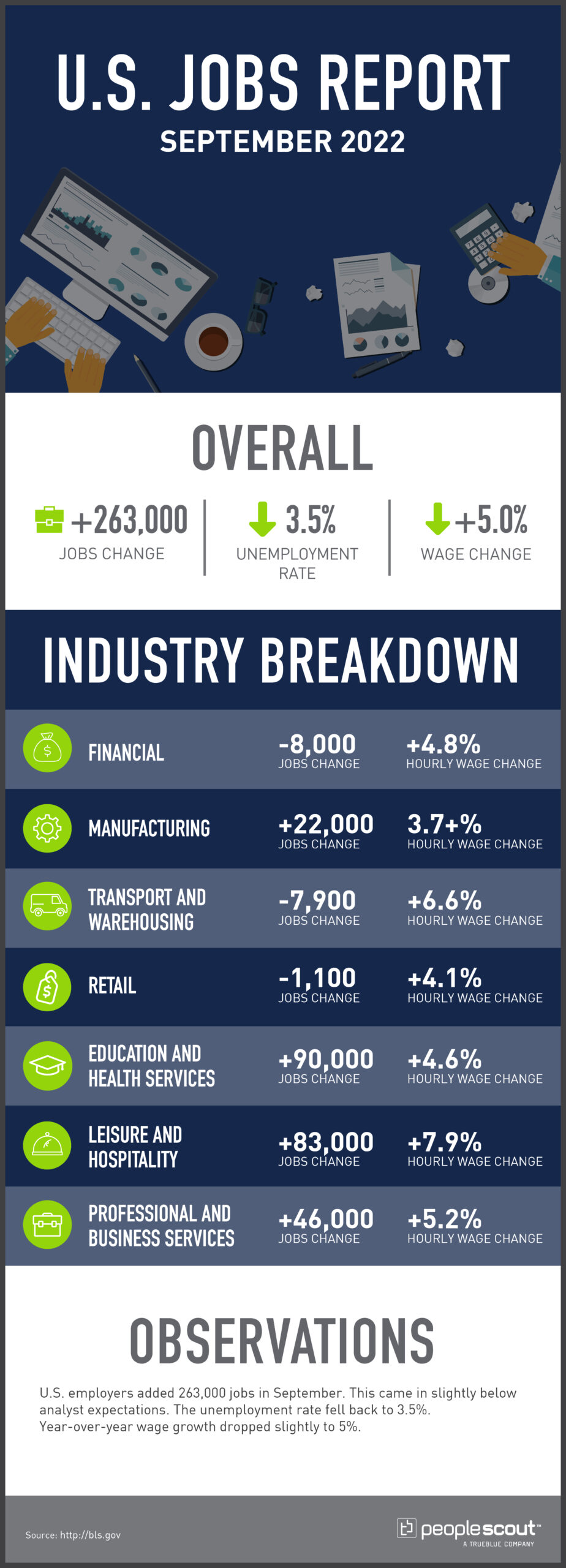By Robert Peasnell, Deputy Managing Director, PeopleScout EMEA
It’s been a wild ride for talent acquisition leaders these last few years, as hiring slowed for most and then grew to record levels. As global economies still remain tumultuous, the one constant we can expect is change.
With this in mind, PeopleScout undertook a piece of research, evaluating global workforce trends and looking to the future to see how these trends might impact the way we work. The result is our new white paper, Destination 2030.
Here are our top 10 predictions for what work and recruiting will look like in 2030 and tips that talent acquisition leaders can put into practice now to prepare for the future.
Buckle up and join us as we travel to the world of work in 2030.
1. Our Working Models Will Be as Diverse as We Are
Organizations and their employees will decide between them how, when and where people will work. The ways we define work will grow (think hybrid, part-hybrid or even nomadic…), and there’ll be no such thing as a 9-to-5 job.
How talent acquisition leaders can prepare:
With the growth of remote work, talent pools have become more globally dispersed. TA leaders who embrace global workforce planning in their talent acquisition strategy—taking a location-flexible approach—will give themselves a better chance at winning top talent. So, instead of looking for 20 FTEs in France, you could look for 20 French speakers anywhere in the world—vastly expanding your available talent pool.
TA leaders can augment their recruitment capabilities and reach by investing in recruitment process outsourcing (RPO). RPO partners offer single- and multi-country solutions that can help expand your geographic scope to target remote workers. Plus, RPO offers a consistent yet flexible process that can be nuanced to accommodate various cultures and candidate expectations.
2. We Won’t Work, We’ll Contribute
Will the term “work” even exist? Perhaps not. We will be measured by our contribution and the value we bring to the organization. By 2030, success will be determined by meaningful output, not hours spent at a desk.
How talent acquisition leaders can prepare:
A recent study revealed that 93% of workers want a flexible schedule. Organizations that rethink working patters and adapt to the desires of their target candidate audience will gain a significant leg up when it comes to competing for talent going forward. This will require significant workforce planning on the part of a TA leader to ensure your organization can maximize productivity while also keeping employees engaged and motivated.
3. Reskilling Will Take on New Importance
The pace of change means reskilling will be the norm. No matter how much expertise you have in one field, you could find yourself changing direction and developing a new skillset in a totally different field.
How talent acquisition leaders can prepare:
Going by the last 20 years, it seems inevitable that many of the jobs we’ll need in 2030 simply don’t exist yet. So, TA leaders can’t put off workforce planning as some far-off solution to future issues. It’s imperative you plan today for the talent you’ll need for the future—either through recruitment or through an internal training and mobility program.
Organizations who invest in reskilling and upskilling as a strategic initiative will boost their resilience for whatever future business environments have in store. Plus, it will have a positive impact on retention as companies that excel at internal mobility can retain employees nearly twice as long as companies that struggle with it.
4. Retirement Age Will Become Just a Number
Some of us will work hard and live frugally, so we can retire in our 40s. Most of us will work beyond the standard retirement age, taking on new roles, developing new skills and easing out of work slowly.
How talent acquisition leaders can prepare:
By 2030, all Baby Boomers will have reached 65, the typical retirement age threshold in many countries. Keeping older workers in the workplace will become a priority for organizations as talent pools shrink and skills gaps widen. This also means addressing any age-based discrimination that may be hidden in your recruitment processes. Amongst job seekers over 45, 53% believe age is one of the biggest barriers to finding a new job. Eliminating bias in the recruitment process will ensure your organization can access this valuable talent pool and the experience they can provide.
Additionally, employers will need to adjust contracts as few in this generation will want to continue working in a typical full-time capacity. Making certain concessions and ensuring your DE&I program also supports generational diversity will ensure older workers can continue to contribute and will help soften the effects of impending mass retirement of Boomers.
5. The Greatest Skill Will Be Learning
As new technologies emerge and old ones become obsolete, our work will demand different approaches and expertise. This constant evolution means we’ll be learning new skills. Things will change so fast that the future discussion will go beyond reskilling and upskilling to “learning to learn.”
How talent acquisition leaders can prepare:
Evaluate your assessment process to ensure it aligns with the outcomes you need from your roles—now and into the future. Judging candidates based on characteristics that help them succeed in your unique environment—rather than just on skills or experience—will help you unlock the potential of your new employees. Putting assessment activities in place that test for soft skills, like adaptability, will help create a culture of learning.
6. AI and Automation Will Create Jobs, Not Eliminate Them
Technology, powered by artificial intelligence (AI), will tackle mundane, highly complex and time-consuming work, freeing humans to focus on emotion-driven innovations. This will create a suite of new roles as well as cross-functional teams and agile working patterns.
How talent acquisition leaders can prepare:
Talent acquisition and HR leaders can experience the benefits of AI too! Talent technology platforms offer multiple opportunities to introduce more automation into your recruitment processes, allowing your recruiters and hiring managers to focus on developing better connections with candidates, bringing your process to life.
With AI sourcing, recruiters can let the tech do the mundane work of searching for qualified talent and focus on engaging candidates, offering guidance and positioning your organization as an attractive place to work. Automation can be leveraged throughout the candidate journey to supplement interactions from your team, including text interviews, interview scheduling, sharing content, handling basic candidate queries and more.
7. Inclusion Will Be Everywhere
The fact that hiring for potential and the need to reskill are the key criteria any organization looks for in 2030 pretty much eradicates unconscious bias. Organizations that to cling to outdated modes of attraction run the risk of missing out on valuable talent.
How talent acquisition leaders can prepare:
Hopefully, by now, everyone understands the importance of diversity and inclusion, if for no other reason than the economic benefits. It’s time for companies to really step up when it comes to diversity, equality and inclusion, especially because underrepresented groups are more likely to say that an employer’s diversity efforts make a difference in whether they decide to apply.
While responsibility for diversity, equity and inclusion is shared across an organization, talent acquisition leaders have a significant influence. Use that impact to help the business assess the maturity of its DE&I program. By pinpointing your current state and plotting out the roadmap to your desired state, your organization can make strides in building a more diverse workforce.
8. Personalization Will Drive the Need for Connection
Organizations will inspire unity, belonging and a collegiate spirit on one hand, balanced with hyper-personalization on the other. While candidates and employees have a desire to be connected, they still want to be treated as an individual.
How talent acquisition leaders can prepare:
Modern candidates expect digital experiences, but also want the human touch from recruiters. So, how can you achieve personalization at scale?
Leveraging talent technology can be a great way to attain this. This could be through a CRM tool that lets you notify individuals in your talent pools about positions that are a fit for their skills and goals, or an ATS that gives candidates a personlized portal where they can track the status of their application. Technology can help you combine personalization with the power of automation so you can show you recognize each candidate as a person, not just a CV.
9. Say Goodbye to Work Permits
Workers will become global citizens, working from anywhere for organizations based anywhere. In a single, 10-person start-up, all 10 people could work from completely different places.
How talent acquisition leaders can prepare:
One of the main benefits of RPO is ensuring their clients remain compliant in all the countries in which they’re operating. Most global RPO providers have offshore delivery centers that hold the necessary legal entities and licenses to hire in your chosen countries, so you don’t have to go through the effort or expense.
If you’re looking to expand your recruitment footprint, outsourcing may be an option to explore. Check out our ebook, Building a Business Case for RPO, to learn how to create buy-in and secure budget.
10. The Future is Bright
With Millennials at the helm, we can look forward to ethical and empathetic leadership and a holistic approach to wellbeing. Consumers and shareholders alike will put pressure on businesses to look after the planet as well as society—a welcome shift indeed.
How talent acquisition leaders can prepare:
By 2030, Millennials will make up the biggest generation in the global workforce, representing a massive 40% of all workers. As a whole, they are much more motivated by the difference they can make in the world than they are by how much money they can earn. So, it’s important that employer’s keep in mind that whilst success and status are definitely still in the mix, it’s the cultural fit, values and purpose that matter most for this generation.
Now is the time to assess your employer brand and EVP. Do they reflect your values and Environmental, Social and Governance (ESG) or Corporate Social Responsibility (CSR) efforts? Including these strategies as a visible part of your candidate attraction efforts will ensure you are seen as an employer of choice amongst the generation that will lead your business forward.
I’m sure you’re already thinking about budgets for 2023, and I hope you’ll consider some of these opportunities for investment. To learn more about how we came to the predictions and see our research, check out our Destination 2030 white paper.
